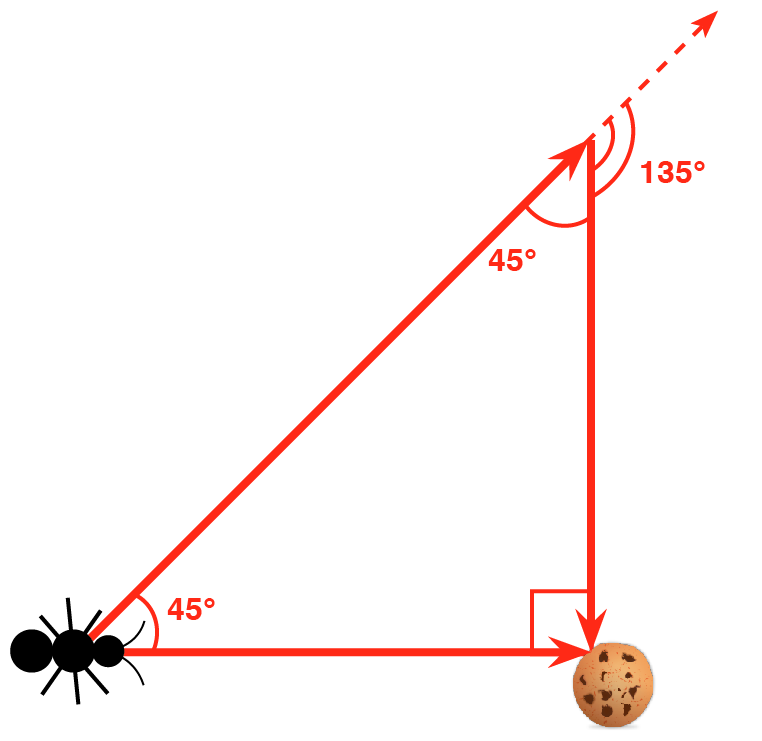West Covina
1414 S. Azusa Ave
, #B20
West Covina, CA 91791
West Covina, CA 91791
 (626)387-3639
(626)387-3639 (626)387-3639
(626)387-3639 [email protected]
[email protected]
Lower Elementary:
Question: Pine processionary caterpillars follow each other in perfect single-file lines. Each caterpillar is 2 centimeters long. How many caterpillars can make a meter-long procession?
Answer: 50 caterpillars
Solution: A meter is 100 centimeters. Since the caterpillars are 2 centimeters long, that means that 50 of them can make a meter-long procession because 2 goes into 100 fifty times.
Upper Elementary:
Question: You can find the temperature in Farenheit by countig the number of times a cricket chirps in 15 seconds and adding 38. For example, if a cricket chirps 30 times in 15 seconds, it's 68 Fahrenheit outside. If a cricket chirps 56 times per minute, what is the temperature?
Answer: 52°F
Solution: Since the cricket chirps 56 times per minute and a minute is 15 seconds, 4 times, we divide 56 by 4 to find the number of chirps per 15 seconds: 56 ÷ 4 = 14 chirps. Next, we add 38: 14 + 38 = 52. So, it’s 52°F outside.
Middle School:
Question: One firefly blinks its light once every 8 seconds. Another firefly blinks its light every 9 seconds. If both fireflies blink at the same time, how long will it be before they synchronize blinks again?
Answer: 72 seconds
Solution: We can find the amount of time it'll take for the fireflies to blink simultaneously by finding the LCM of 8 and 9 are relatively prime, so their LCM is their product. The product of 8 and 9 is 72, so it will take 72 seconds for the fireflies to synchronize again.
Algebra and Up:
Question: Believe it or not, ants use math to get food efficiently. Instead of following the shortest path to food, ants take the path that will take the least time. Look at the diagram below. The shortest route from the ant to the cookie is 2 inches. Because of the terrain, the ant can get to the cookie faster if it turns 45° to the left and then 135° to the right. Exactly how much greater is the distance of the path that takes less time?

Answer: 2sqrt(2) inches
Solution: To find the length of each side of the triangle, we can use the measures of the interior angles. This is a 45°—45°—90° triangle. This is an isosceles right triangle; two of its angles are equal and two of its sides are equal. To find the length of the hypotenuse, we can use the Pythagorean theorem: 2² + 2² = c², 8 = c², c = 2sqrt(2). We can also use the 45°—45°—90° triangle rule—the hypotenuse is equal to a leg multiplied by the square root of 2. The longer route is 2sqrt(2) + 2 inches and the shorter route is 2 inches. The difference is therefore 2sqrt(2) inches.
